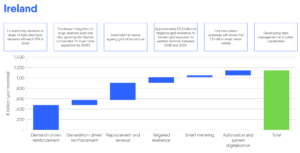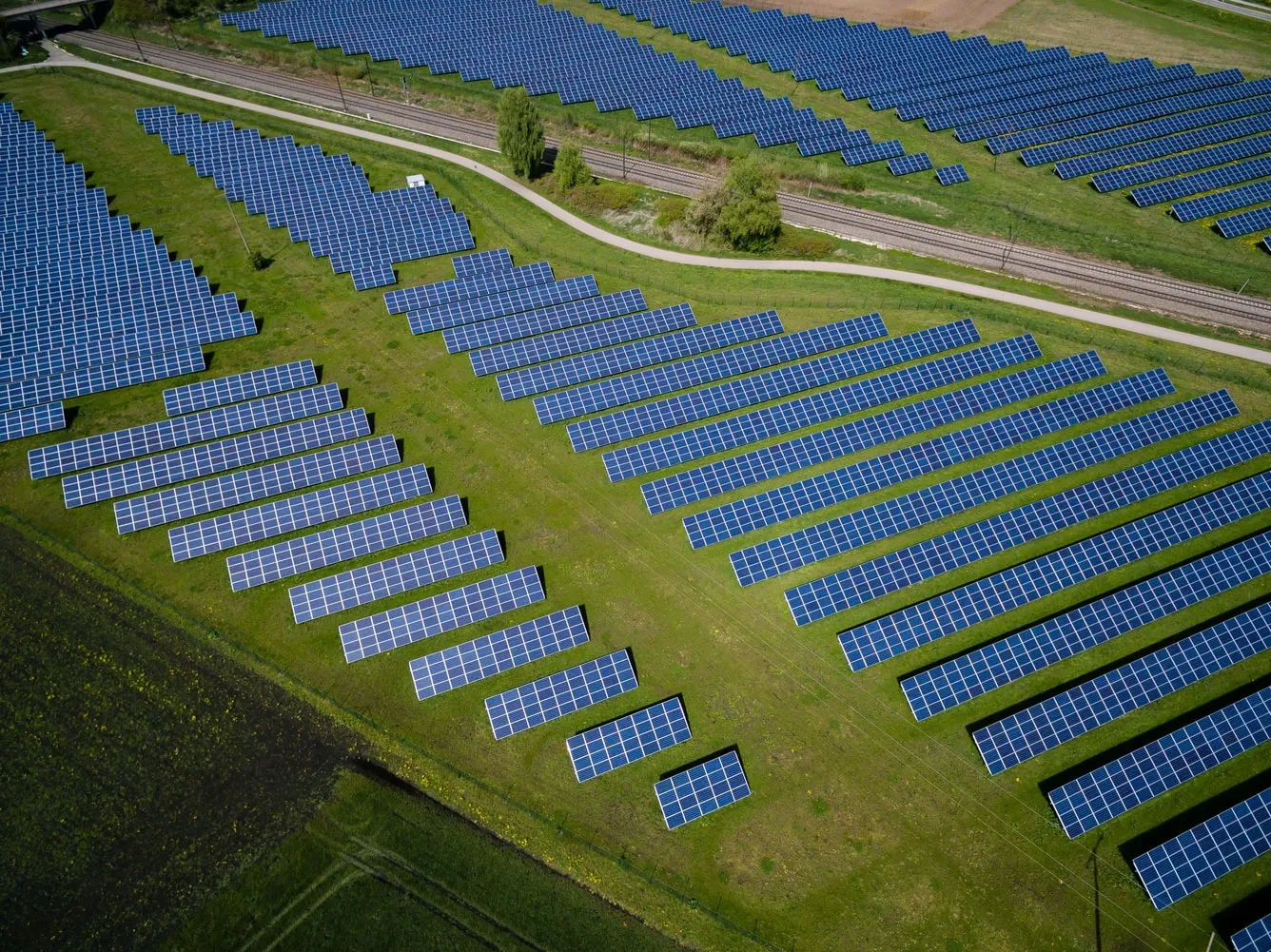
The Roadmap
Eurelectric’s recently released “Grids for Speed” (G4S) report provides a comprehensive roadmap for transforming Europe’s electricity grid to meet ambitious climate goals by 2050. G4S outlines the critical investments and regulatory changes needed to support the forecasted growth in electricity demand and enable a sustainable, low-carbon future a timely intervention as the EAI prepares its submission for Price Review 6 and analysing costs associated with the energy transition.
The G4S study follows a three-step approach. Firstly, it assesses the capital investments necessary to realise the RePower EU scenario by 2050. This encompasses increasing grid capacity for renewable energy deployment, replacing aging infrastructure, and integrating advanced technologies for efficient grid management. The second step examines the regulatory frameworks required to facilitate these investments. Current regulatory models, designed for incremental grid development, are not fit for purpose to expedite the rapid energy transition. The report calls for new regulatory approaches that can support the substantial and swift investments needed. In its third step, the report highlights the societal advantages of these investments, such as job creation, community development, and raw material impacts. It emphasises the vital role of grid infrastructure in combating climate change and fostering a sustainable future.
Strategic Focus: Reliability, Demand Management and Customer Empowerment
As dependence on electricity grows, ensuring grid reliability and resiliency becomes crucial. The report notes the increasing number of cyber incidents and the impact of extreme weather on grid resilience, underscoring the need for robust infrastructure to support the projected 60% rise in energy demand by 2050. By 2050, the EU aims to largely decarbonise electricity generation, with significant growth in renewable energy, particularly distributed solar power. The report anticipates a surge in electricity demand due to the electrification of heating and transport, necessitating substantial grid investments. To meet future demands, grid operators must enhance grid properties in terms of resiliency, demand growth, and customer empowerment. Addressing energy poverty is also a priority, with the report noting that 10% of the EU population lived in energy poverty in 2022. Investing in grid infrastructure is essential to support the increasing number of grid connections and ensure affordable, reliable energy for all.
Ireland’s Investment Needs & Policy Implications
The G4S report estimates that €1.4 trillion in grid investment is required by 2050. Ireland is highlighted as a country needing significant grid investment, with over €26 billion required by 2050. This investment is crucial for grid reinforcement and renewal, ensuring the country can meet its energy transition goals. The report concludes with key policy recommendations, emphasising the need for grid development to keep pace with decarbonisation, electrification, and digitalisation. Ensuring timely grid investments is essential not only for the energy transition but also for maintaining energy security and realising decarbonisation benefits. Emerging strategies like strategic up-sizing and flexibility must be supported by appropriate regulatory frameworks to achieve these objectives efficiently.

